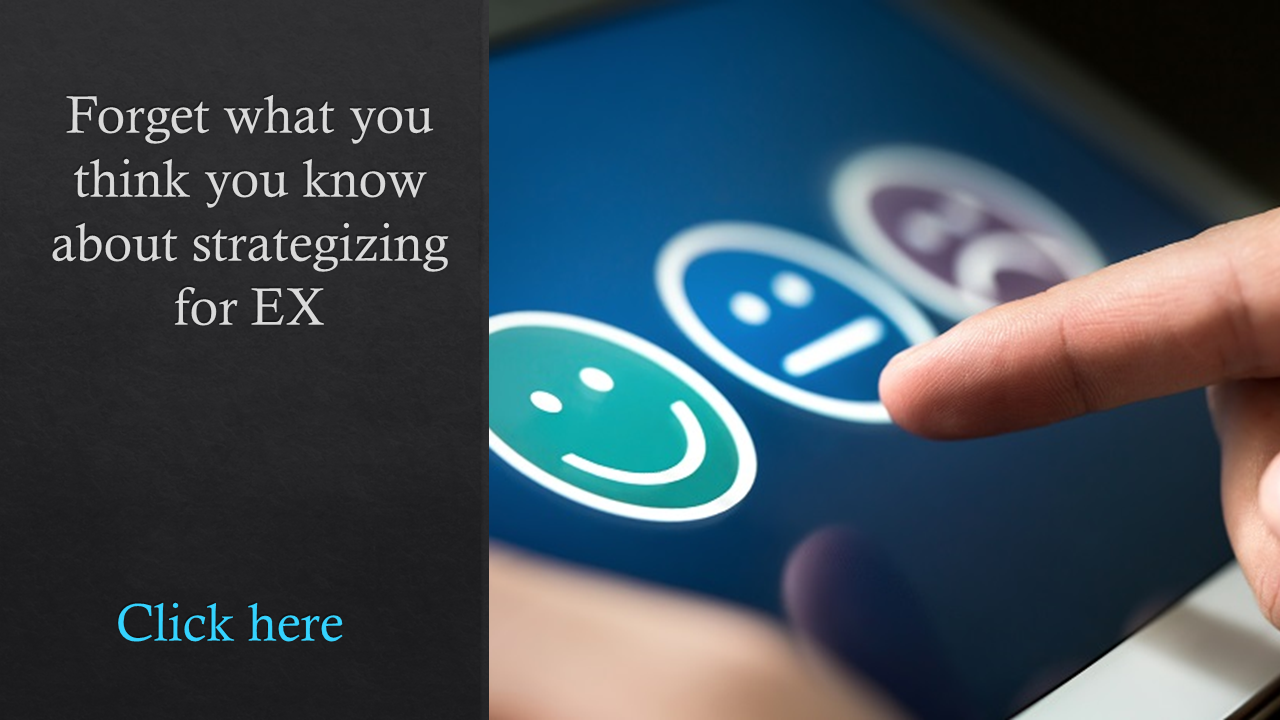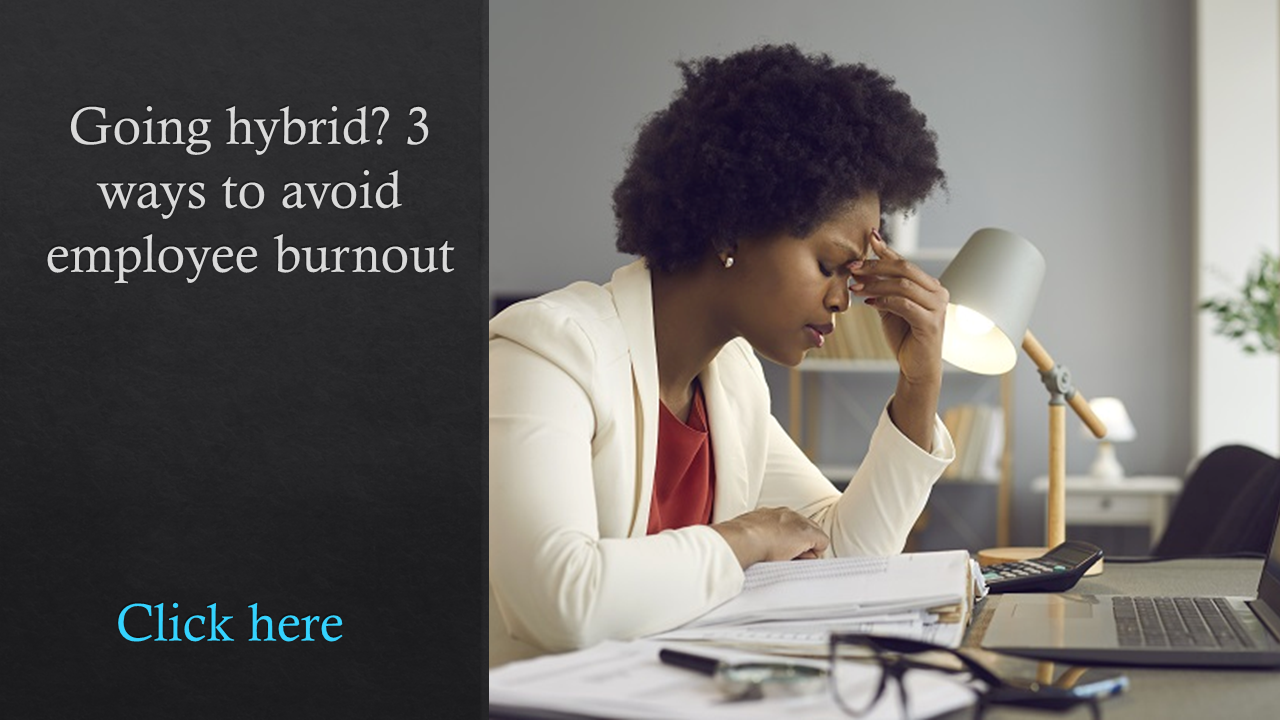A year and a half into the pandemic, things aren’t getting easier for employees. Mental health notably has worsened over the course of the pandemic, with rates of depression, anxiety, stress and post-traumatic stress disorder increasing exponentially. But after well over a year of COVID-19 and its associated challenges, burnout, in particular, may be the biggest problem now facing employees.

Cheryl Johnson, CHRO for Paylocity
“It’s certainly a problem for every employer, every industry. I don’t think any workforce demographic is the exception here,” says Cheryl Johnson, CHRO of software company Paylocity. “The burnout is partially coming from the constant back-and-forth pendulum swing: ‘Are we out of the woods? Should I wear my mask or am not supposed to wear it? I think it’s time to come back—oh wait, now there’s another outbreak.’ It’s constant uncertainty. It’s a chronic issue that can affect mental health and lead to burnout.”
Research finds that burnout plagues about three-quarters of employees, fueled by the pandemic and related factors including increased workloads, working longer hours, isolation and taking little to no time off. And although taking aim at burnout has been vital over the course of COVID-19, the importance is growing as scores of employees look to leave for new jobs as the talent market rebounds. Many workers cite burnout as a reason they are looking to leave their jobs.
Here are seven strategies that HR leaders and other experts say can help to combat burnout.
Talk openly about mental health and stressors in your organization. Noreen O’Prey, people and culture director at Koa Health, says her organization is trying to create an environment in which employees can share openly with each other and their managers about how they are feeling mentally and what kind of emotions they are going through. That strategy also goes both ways, with O’Prey saying they are trying to create an open dialogue “from the top downward.”
“Our CEO [recently] said in a meeting, ‘We need to take care of ourselves. I know when my mental health is affecting me, I don’t sleep very well. We are very open about this, and we feel we need to be. Because otherwise, we’re going to get to a stage when people don’t want to talk to us about the levels of pressure they’re under; they will burn out.”
Make sure you’re offering the right benefits and resources. After creating an open environment where talking about mental health and other pain points is frequent and safe, employees will be more likely to ask for help and specific resources and benefits that can help, says Paylocity’s Johnson. “[Our employees] aren’t holding back when it comes to asking for resources and support. Based on that feedback, we made a lot of adjustments.”
Mental health benefits and programs, as well as benefits that take direct aim at common pain points that affect employees’ mental health—like caregiving support, financial wellness programs and more—can be beneficial, experts say.
Encourage workers to take time off. The pandemic has simply not translated into an abundance of vacation plans for employees. With lockdowns, quarantines and fears of getting sick, the majority of workers not only didn’t travel over the past year and a half but generally didn’t take time off work even for staycations. That failure to disconnect, of course, can lead to burnout.
 Employees who take extended time off work are likely to be more rested, happier, more productive and more present on the job—a good thing for employers. So it’s important that managers, and HR and company leaders, proactively nudge workers to use their paid time off and give them the flexibility and autonomy to do so.
Employees who take extended time off work are likely to be more rested, happier, more productive and more present on the job—a good thing for employers. So it’s important that managers, and HR and company leaders, proactively nudge workers to use their paid time off and give them the flexibility and autonomy to do so.
“Now more than ever, it’s important for employees to take time off to recharge—and for employers to foster a vacation-friendly culture, says Paul McDonald, senior executive director at Robert Half, a human resource consulting firm. “Working nonstop is counterproductive and unsustainable.”
Be cognizant of Zoom and on-camera overload. With a majority of employees now working virtually, many organizations have relied on more meetings, online messaging, Zoom calls and more to stay in constant communication. But that can be exhausting and not entirely productive for many workers.

Robin White
“It can be draining,” says Robin White, chief people and culture officer of Mailchimp. “People spend a lot of time on Zoom calls—that’s a different type of focus and energy than if you’re in the office.”
To help, Mailchimp, tech startup Podium and other companies try to limit on-camera calls or meetings in general, giving workers a break one day a week, for instance. “We’re really encouraging thoughtful meetings so workers don’t have Zoom burnout,” says Podium’s senior director of people operations, Katie Morrow. “Some departments don’t have meetings on Wednesday, for instance.”
Give employees collective time off. Although encouraging workers to take vacation days is important, some employers are going further by closing operations and giving their workers a collective break. Companies including Bumble, LinkedIn and Momentive have given all of their workers a week off this summer, hoping to provide them a chance to reset and recharge—without worrying about what’s happening in the office while they’re gone.
A common week off for employees, proponents say, can alleviate some of the out-of-the-office pressures that many workers often feel during a typical vacation.
“The beauty of the recharge is, for the most part, the entire company shuts down,” says Becky Cantieri, Momentive’s chief people officer. “Email traffic comes to a screeching halt, no meetings are scheduled—it [gives employees] the ability to turn it off, knowing that everybody else is turning it off too.”
Related: One of the best new ways to combat employee burnout
Try reduced or flexible hours. Many burned-out employees cite working longer hours and blurred lines of home and work life as contributors to feeling overworked and uninspired. Experts say reducing hours during the week, or allowing employees to work different or flexible hours based on their schedules or desires, can help.
 Mailchimp, for instance, implemented Summer Fridays, where the business day concludes at 1 p.m. to minimize fatigue. (It began after Memorial Day and concludes the week of Labor Day.) No meetings will be held during that time, and employees are free to leave their work behind and start the weekend, catch up on personal projects or complete learning and development work—whatever they want.
Mailchimp, for instance, implemented Summer Fridays, where the business day concludes at 1 p.m. to minimize fatigue. (It began after Memorial Day and concludes the week of Labor Day.) No meetings will be held during that time, and employees are free to leave their work behind and start the weekend, catch up on personal projects or complete learning and development work—whatever they want.
Survey employees. Regularly engaging with workers to ask about their mental health, if they feel burnt out and what help they need not only can identify burnout among employees but also can pinpoint what solutions employees may be looking for.
Momentive regularly sends employee engagement surveys, COVID leadership surveys and pulse surveys to learn the answers to a slew of questions about its 1,500 workers. That includes: How are you feeling? What are your biggest challenges? How can we help? How can we support you working from home? What tools and resources do you need?
“It’s been core to our leadership—being able to manage effectively through a really, really challenging period of time,” says Momentive’s Cantieri. “All of our surveys have been the best source of insight and information and inspiration [for what] we could do to really support our employees along the way.”